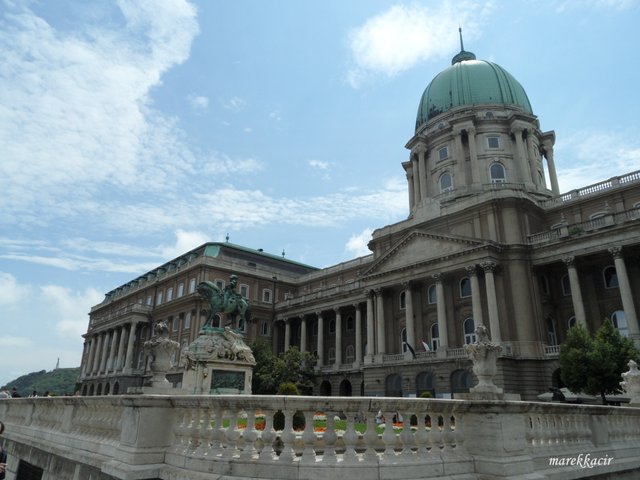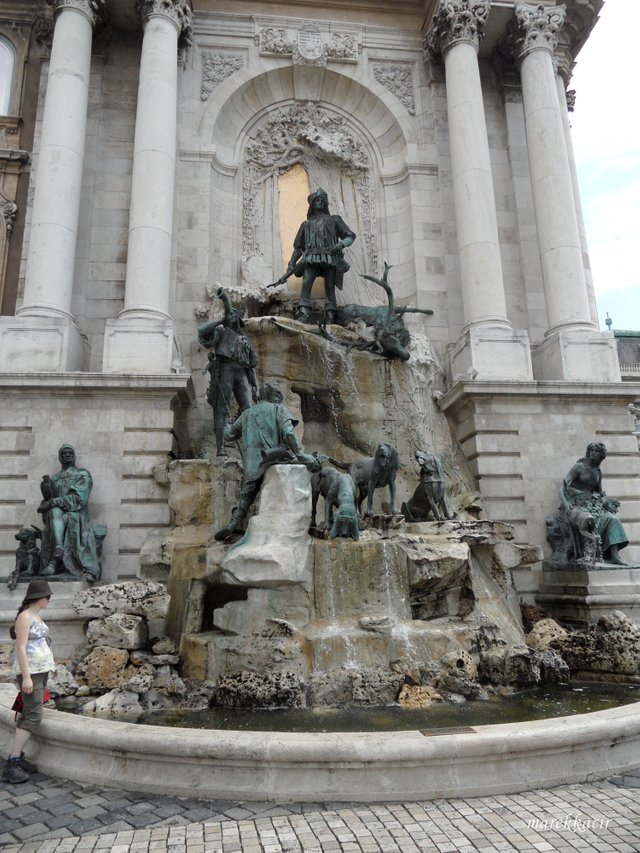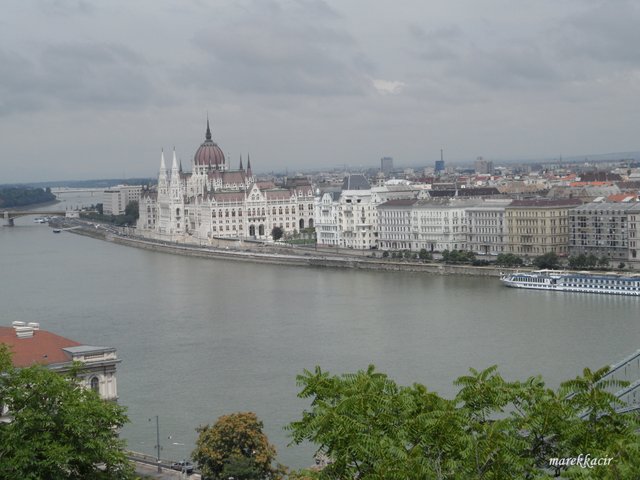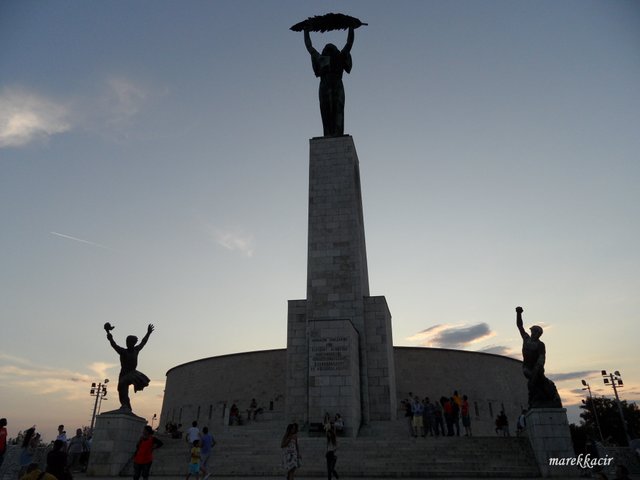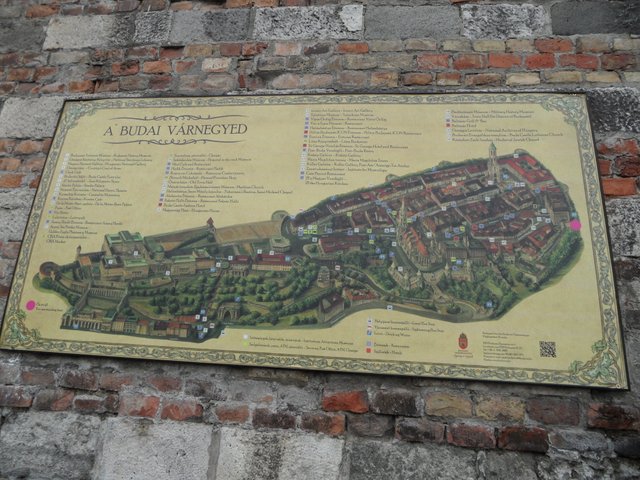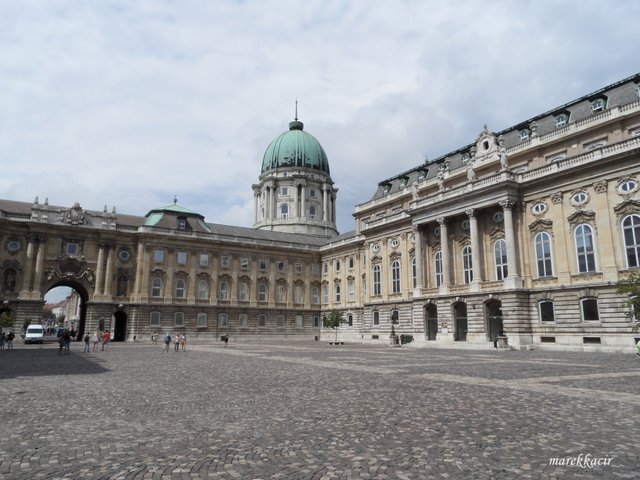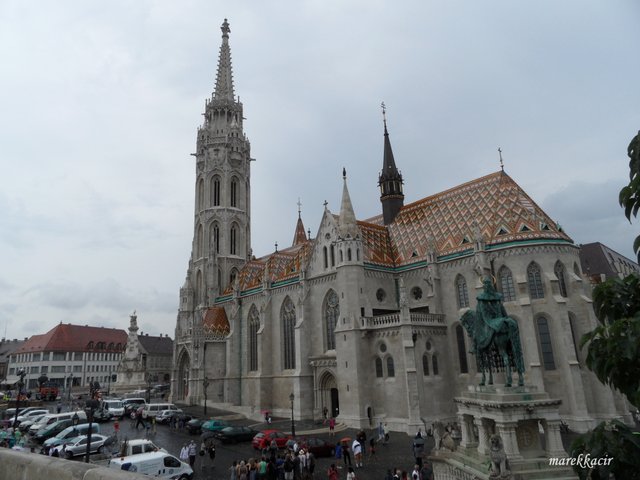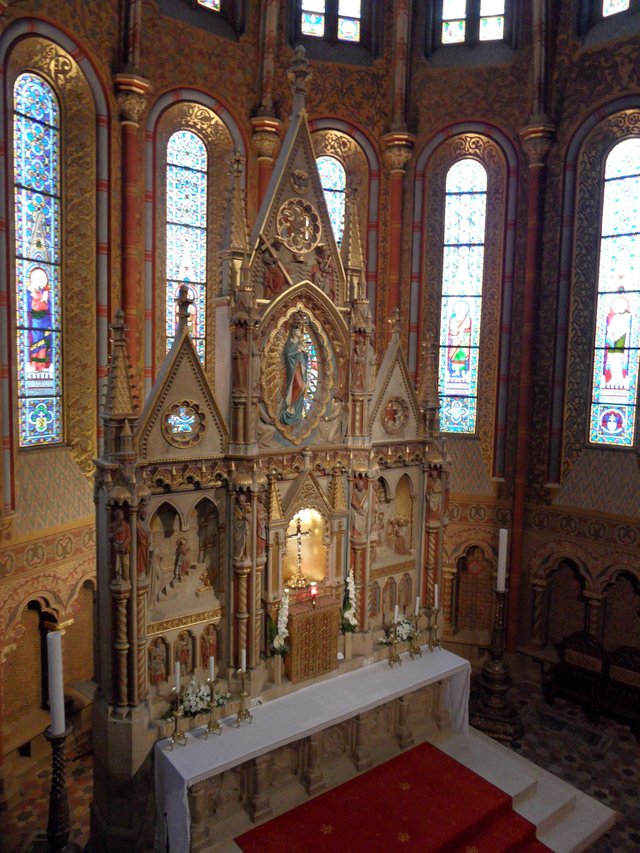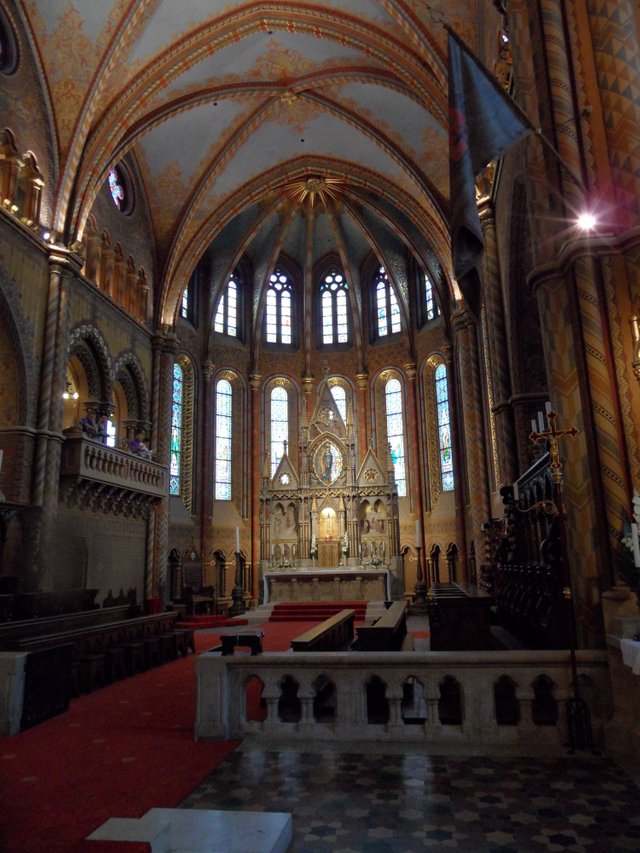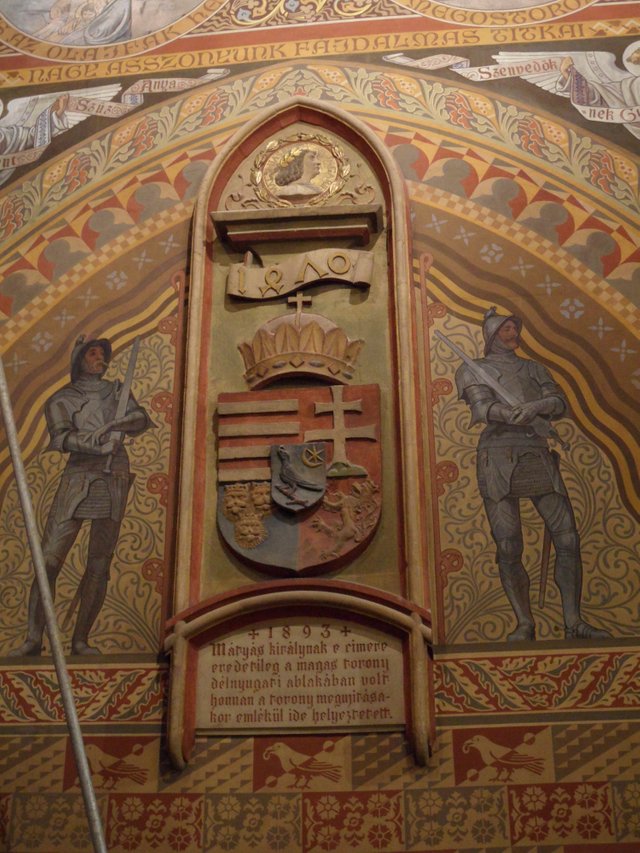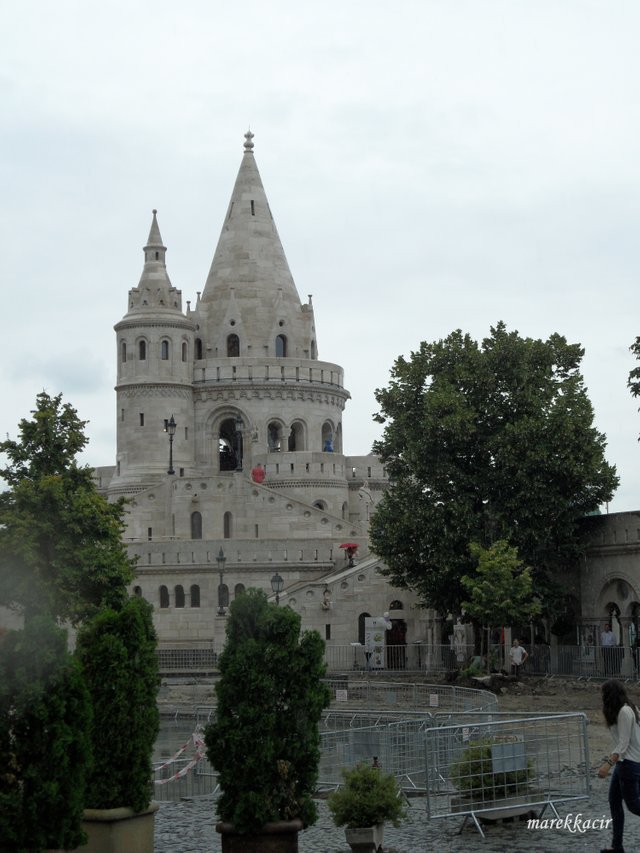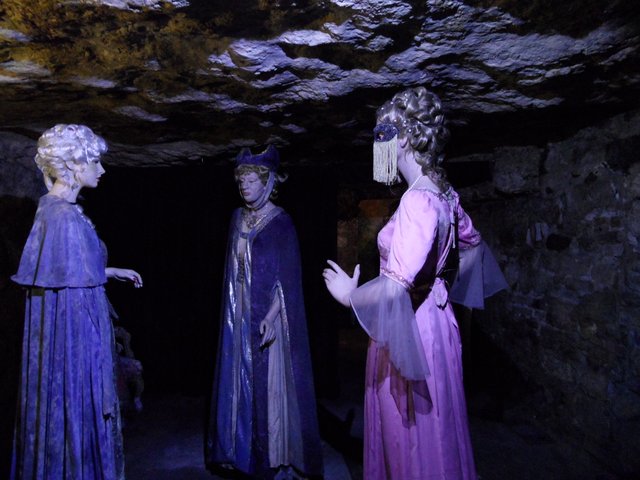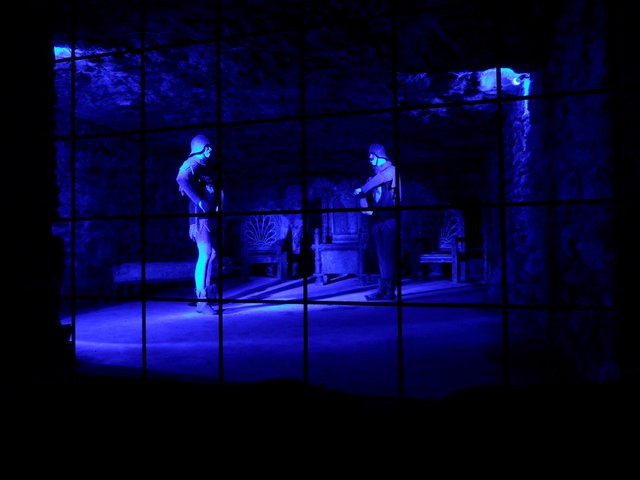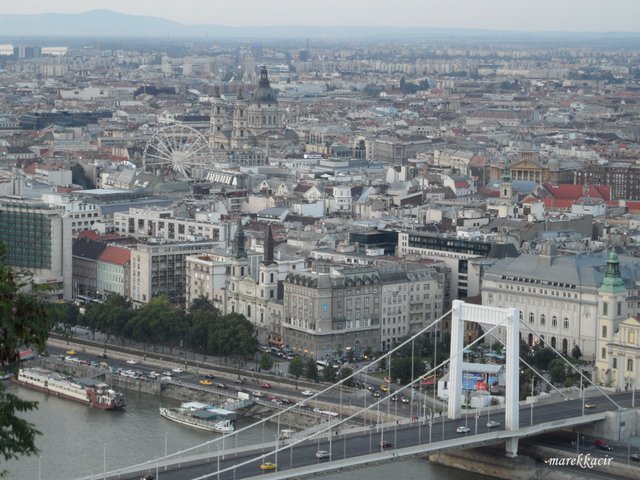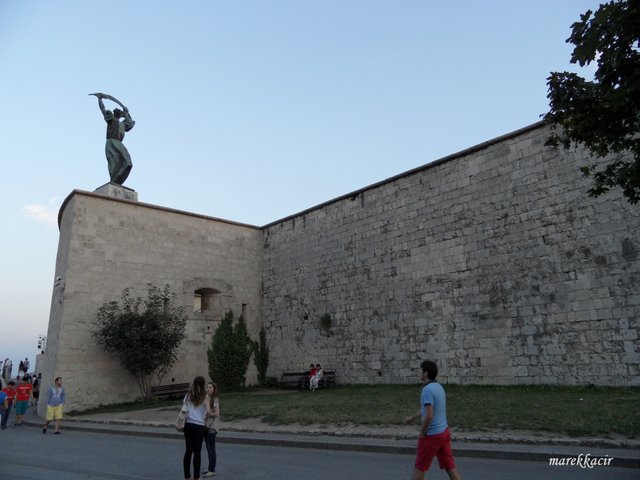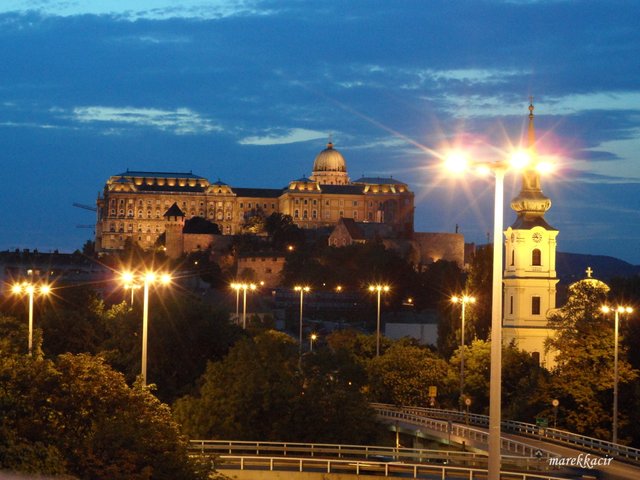Hi,
We get up early in the morning to walk as much as possible. We are looking forward to it, because today, among other things, we will take a closer look at the Buda Castle, the Citadel, the Church of St. Matthew and much more. So without further ado, let's get down to it.
We get on the metro and under the river Danube we reach the other side of the city - Budin. Buda was the capital of Hungary, but from 1541 it became a provincial city of the Ottoman Empire. Bratislava thus became the capital of Hungary. It was not until 1686 that Buda was conquered by the Habsburg army after a six-week siege.
In 1703 Buda and Pest became free royal cities and in 1848 they became the capital of Hungary instead of Bratislava. Count István Széchenyi had great merit in the modernization of Pest and Buda. He also initiated the construction of the first chain bridge across the Danube.
On January 1, 1873, Budin, Pest and Old Budin were merged. At that time, in addition to Hungarians, Germans, Jews and Slovaks made up a significant part of the population. This changed during World War II, when most Jews were deported to extermination camps.
The city experienced another difficult period in 1944, when the retreating German army blew up all the bridges over the Danube and defended itself on the right bank for 6 months. The castle quarter was almost razed to the ground thanks to constant shelling and bombing.
In the fall of 1956, tanks returned to the city again. Budapest became the center of the revolution against communist power. The popular uprising was bloodily suppressed by Soviet tanks.
We walk through the pretty streets of the old town and arrive at the entrance to the castle. Today, it is a gallery that I definitely recommend visiting.
I have to admit that I was not a big lover of paintings, but the ones I saw here took my breath away. I reconsidered my opinion after this experience. I especially admire historical paintings with a military theme.
Well, let's go on a tour of the Buda Castle from the beginning.
The castle was built during the reign of Béla IV in the years 1247-1265. It was expanded under King Sigismund of Luxembourg, and in its time it was the largest set of Gothic palaces in the world. It underwent further reconstruction during the reign of Matej Corvín.
After the Battle of Mohács in 1526, it became part of the Ottoman Empire and the Habsburgs moved to Prešpork (Bratislava). The Ottoman rulers did not use the castle and it fell into disrepair. In 1686, the castle was destroyed during the recapture of Buda by the Habsburg army. In 1715, a smaller baroque palace was built on the site of the current castle and gradually expanded. In 1867, the royal palace played an important role in the coronation of Francis Joseph I as King of Hungary and became a symbol of peace between the Habsburgs and the Hungarian nation.
At the end of the 19th century the Hungarian autonomous government wanted to build a royal palace that would have elements of other European royal residences, and it was ceremonially opened in 1912. In 1944, the castle was bombed and burned.
It was renovated in 1968, but in a much more limited and less opulent style.
In the old town there is also the Church of St. Of course, we can't leave Matej out. It is already a very nice church from the outside.
Fortunately, you can also go inside. We don't hesitate and go to look inside.
The original temple was built in the 13th century. During the Ottoman rule, it was rebuilt into a mosque, and after liberation it was rebuilt in the Baroque style and in the years 1873-1896 in the Neo-Gothic style. In 1867, Francis Joseph I was crowned here as King of Hungary.
Right across from the Church of St. Mateja, there is an interesting building. It is the Fisherman's Bastion.
We are still staying on the castle hill. Well, not quite on the castle hill. We're going to look underground. Below the surface there is literally a labyrinth of alleyways. Some have been used since the Middle Ages and gradually more and more were built. They were widely used by the defending German troops. They even built a hospital in part of these premises. Currently, there are mannequins and various medieval objects.
In the part where the hospital was during the Second World War, there is still an exhibition of what it probably looked like there. During the Cold War, intelligence was even based here. You can also see exhibits from this time here.
Time has advanced and we are climbing the hill. A beautiful view of the entire city slowly opens up to us. If you want to take a picture with the city in the background, then here is one such place. The only problem is the number of people who also want to take pictures here. We wait a while and it's our turn.
This place is located at the exit to the Citadel. She towers over the city, as if she is guarding it all the time and taking care of its safety. However, when we climb up, we realize that this is not quite true. After suppressing the Hungarian Uprising in 1848-49, Emperor Francis Joseph I had the Citadel built on Gellért Hill above Budapest, 60 of which were aimed at the city. It was supposed to intimidate the Hungarians and discourage them from further uprisings. Despite the Austro-Hungarian settlement in 1867, when the existence of the Hungarian state was recognized, the Austrian garrison remained in the citadel until 1897.
We are unlucky. We can't get inside, so we can only look at it from the outside. However, its majesty inspires respect. Honestly, I probably wouldn't he used to live in Budapest in those days. Walking around the city thinking that 60 shots can be fired at the city at any time.
On the way down, it is already visibly getting dark. We are going to the accommodation, but on the way we will see probably the most beautiful view of the castle. I just had to take a photo of this.
Thank you for joining my article.
Hi.
